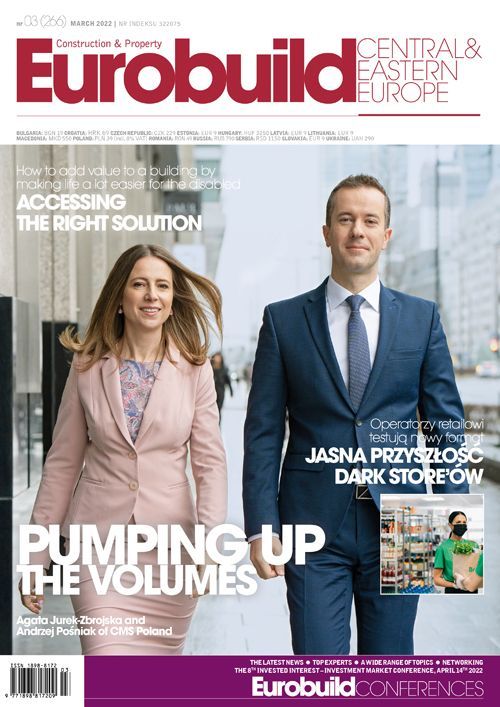Almost 0.5 mln sqm of retail space was delivered in 2021 across all retail formats, comprising 45 new projects and 12 extensions. Net supply expanded by 370,000 sqm, even though 130,000 sqm had been taken out of the market. The highest concentration of new openings was in Q4 2021, when almost 50 pct of the new retail space supply came on stream in the last three months of the year. “In 2021, small retail parks and new retail warehouses dominated the Polish market, accounting for 43 pct and 34 pct of the new supply, respectively. Another notable trend was the growing share of the newest retail format, i.e. retail space in large, mixed-use developments such as Norblin Factory and Warsaw Brewery, which made up 7 pct of the new supply,” points out Ewa Derlatka-Chilewicz, an associate director at Cushman & Wakefield.
Small is profitable
More than 60 pct of the retail development pipeline will be delivered in smaller cities with populations of below 100,000. At the end o































































